SLOW TRAVEL
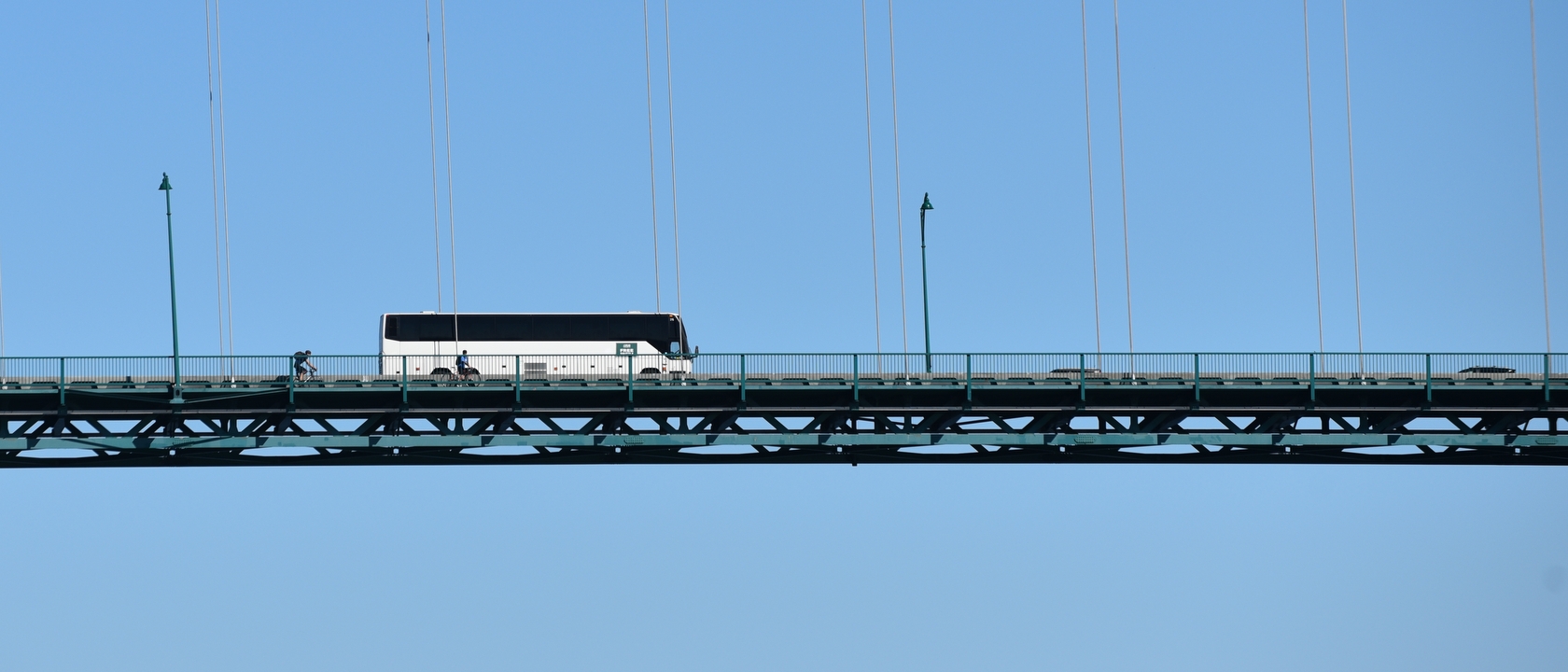
The Wildlife Conservation Society (WCS) and Rainforest Foundation Norway (RFN) are partnering with Indigenous Peoples and local communities to launch the first ever direct access fund for Indigenous Peoples and local communities protecting forests in the Democratic Republic of the Congo (DRC).
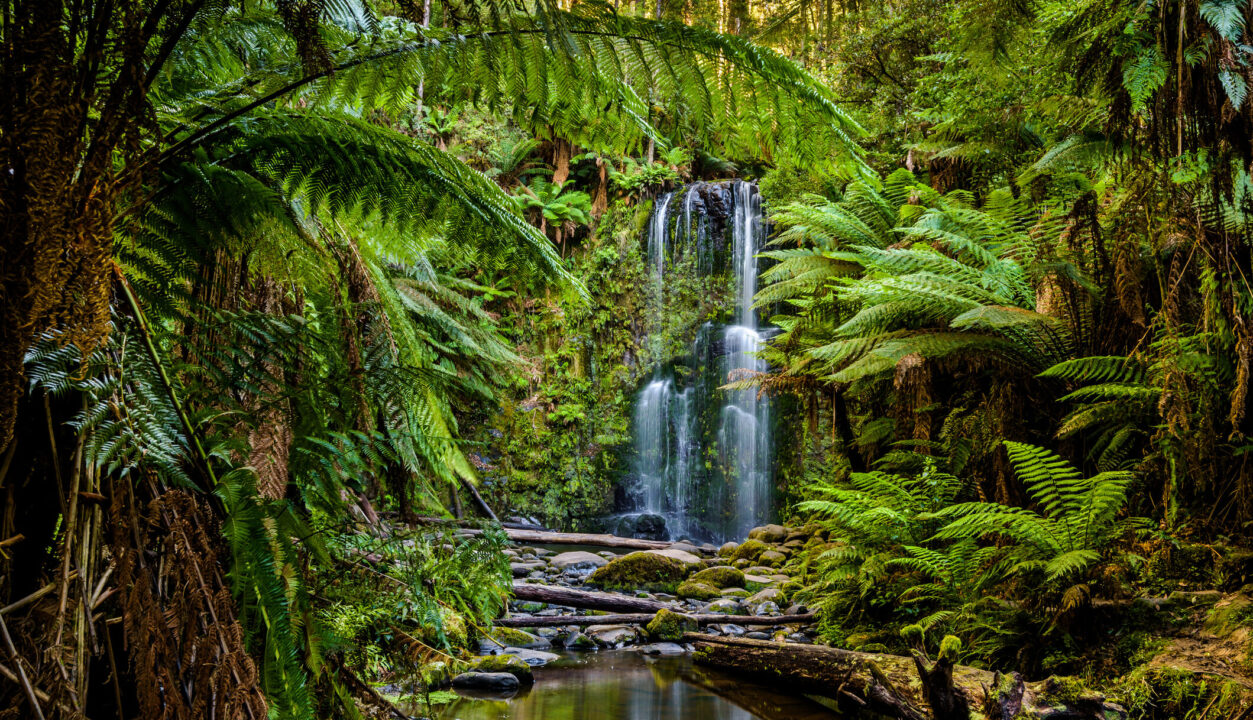
This major new funding and technical assistance facility will help secure land and resource rights and protect one of the most important tropical rainforests in the world.
With significant seed funding from the Bezos Earth Fund and the Norwegian International Climate and Forest Initiative, the new Indigenous Peoples and Local Communities (IP&LC) Forest Facility will empower these groups to play a leading role in securing, protecting, and managing the forests they depend upon.
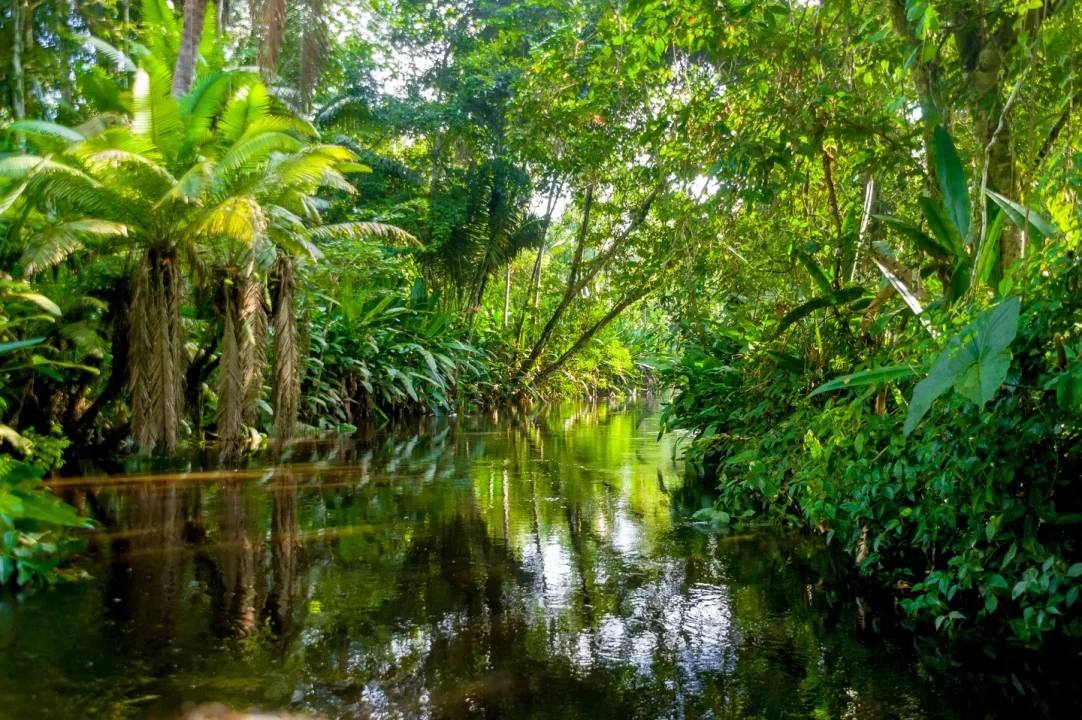
The new facility will be featured at a public event on 22 September during New York Climate Week.
DRC holds about two-thirds of the forest in the Congo Basin, which is the second-largest rainforest region after the Amazon. DRC’s forests are under growing threat. Although the great majority are under customary management, few of the communities involved have received formal legal documentation, and even fewer receive support for protection, management, or sustainable development activities.
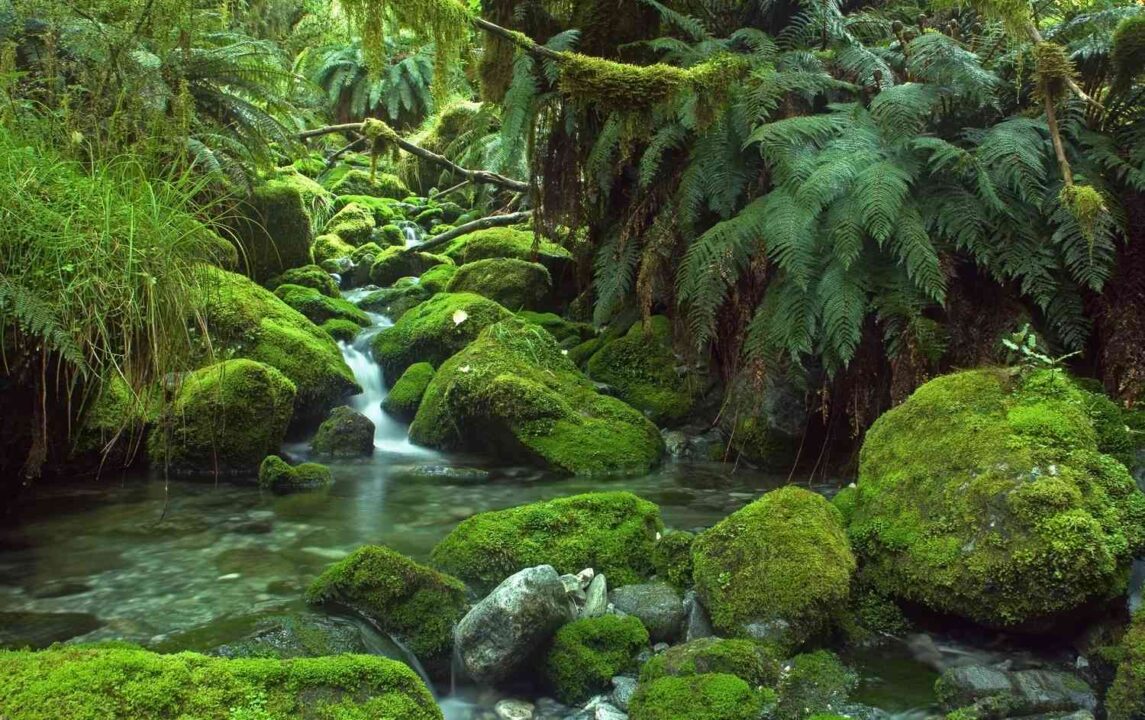
Indigenous Peoples and local communities are some of the world’s best forest protectors, and the climate, biodiversity, and sustainable development benefits from their forest management are very large and highly cost-efficient. Yet these groups only receive a fraction of funding for climate and biodiversity protection.
To help address that gap, the new facility will:
Initial implementation of the facility, testing the approach and developing robust procedures, will be conducted in two regions of DRC. The aim is then to expand to reach national scale.
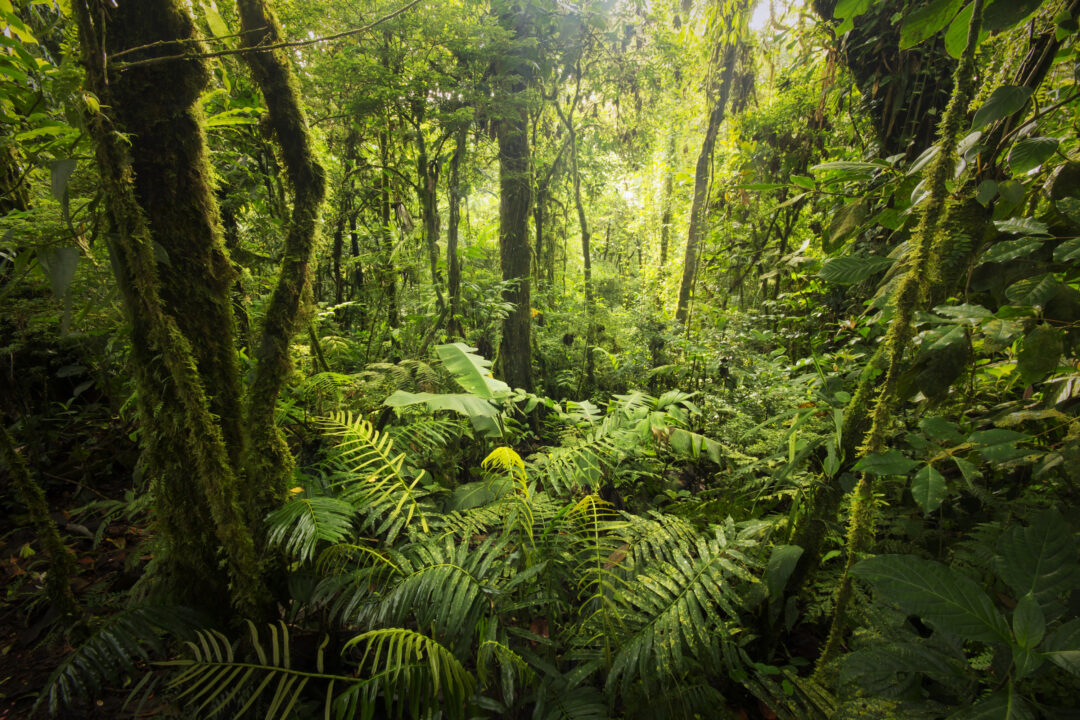
The facility will help enable the achievement of major policy commitments that the government of DRC has made to expand community forestry and community participation in protected area management. In July 2022, a historic law for the protection of Indigenous Peoples’ rights was also announced by President Tshisekedi — a major landmark for the respect and promotion of Indigenous People’s rights and for the recognition of their role in protecting the country’s rainforest and biodiversity. Further, the facility will help DRC to meet its goals under the Paris Climate Agreement and the Kunming-Montreal Global Biodiversity Framework.

Quotes from key stakeholders:
This new facility is a significant step forward in supporting Indigenous Peoples and local communities to protect and manage the forests they depend upon. It is also a model that can be replicated in other countries around the world.